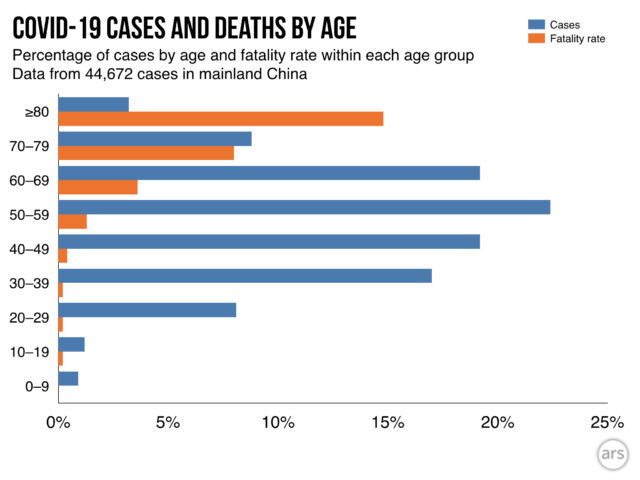Hey, we made the news! Yay, South Dakota!
Oh, wait—it’s because we’ve joined the list of states where somebody has covid-19:

Our first five documented cases of coronavirus are in Pennington, Beadle, Charles Mix, Davison, and Minnehaha counties. Governor Kristi Noem said at her press conference yesterday that all five had traveled outside of South Dakota in the past week.
Aside from Governor Noem’s advice not to panic, the Department of Health recommends the following actions to avoid getting sick:
- Wash your hands often with soap and water for at least 20 seconds or use an alcohol-based hand sanitizer.
- Cover your coughs and sneezes with a tissue.
- Avoid close contact with people who are sick.
- Refraining from touching your eyes, nose and mouth.
- Clean frequently touched surfaces and objects.
- Individuals at higher risk for severe COVID-19 illness, such as older adults and people who have chronic medical conditions like heart, lung or kidney disease, should take actions to reduce your risk of exposure.
- Create a family plan to prepare for COVID-19 and develop a stay at home kit with food, water, medication, and other necessary items.
Remember: covid-19 isn’t just the sniffles. It’ll feel more like flu, with fever, fatigue, body aches, cough, and worsening symptoms, plus shortness of breath. 80% of cases are mild to moderate, so you could have it and not suffer much more than you do from your usual winter cold. But according to the lengthy and detailed Ars Technica guide, so far the overall fatality rate is 2.3%, with the highest mortality rates in the China subsample among patients over 60:

The covid-19 coronavirus does not appear to float through the air on its own; someone’s got to sneeze it at you:
SARS-CoV-2 spreads mainly in respiratory droplets—tiny, germ-toting globs that are launched from the mouth or nose when you breathe heavily, talk, cough, or sneeze. Published data suggests that a single sneeze can unleash 40,000 droplets between 0.5–12 micrometers in diameter. Once airborne, these fall rapidly onto the ground and typically don’t land more than one meter away. SARS-CoV-2 does not linger in the air.
If any droplets containing SARS-CoV-2 land on a nearby person and gain access to the eyes, nose, or mouth—or are delivered there by a germy hand—that person can get infected.
If droplets containing SARS-CoV-2 land on surfaces, they can get picked up by others who can then contract the infection. According to epidemiologist Maria Van Kerkhove, an outbreak expert at the WHO, SARS-CoV-2 appears to be like its relative, SARS-CoV, in that surface contamination does seem to play a role in the epidemic [Beth Mole, “Don’t Panic: The Comprehensive Ars Technica Guide to the Coronavirus,” Ars Technica, updated 2020.03.10].
So for Pete’s sake, cover when you sneeze, and scrub scrub scrub your hands… and your keyboard!
Thanks for the good info.